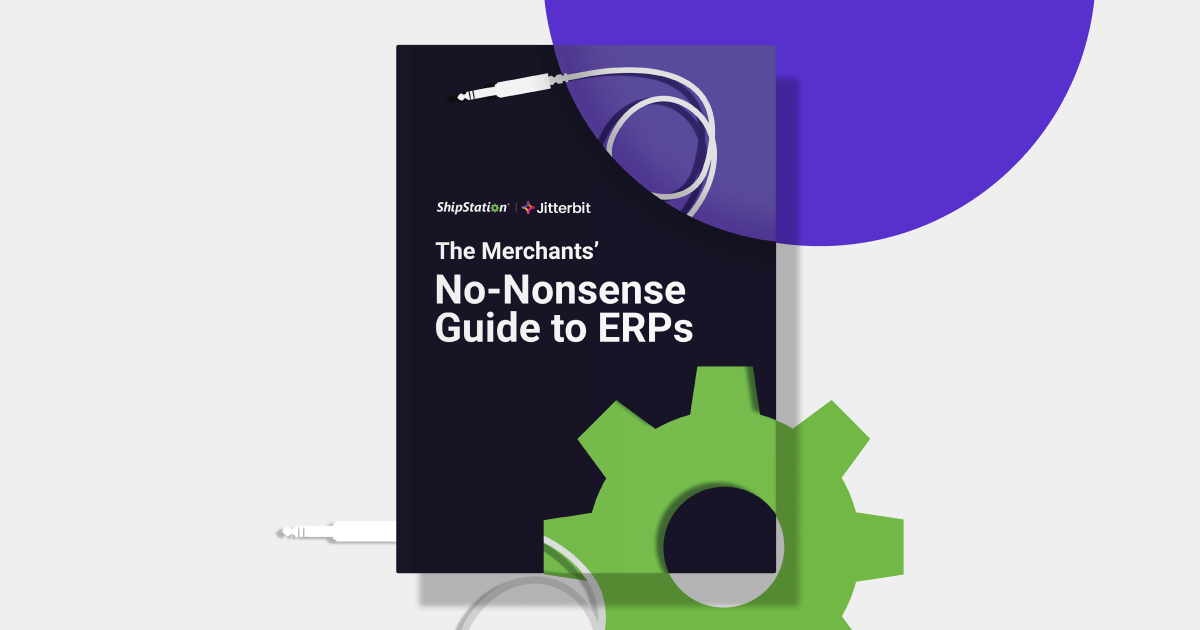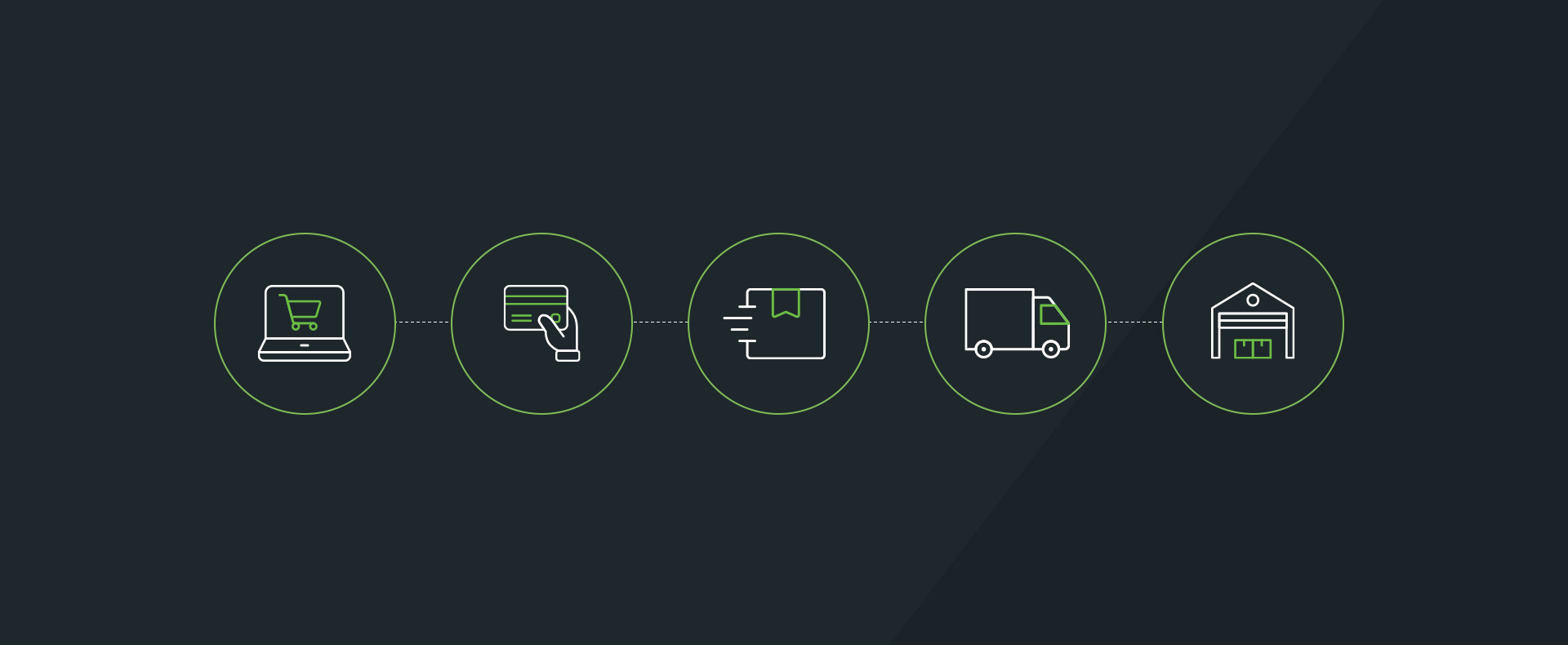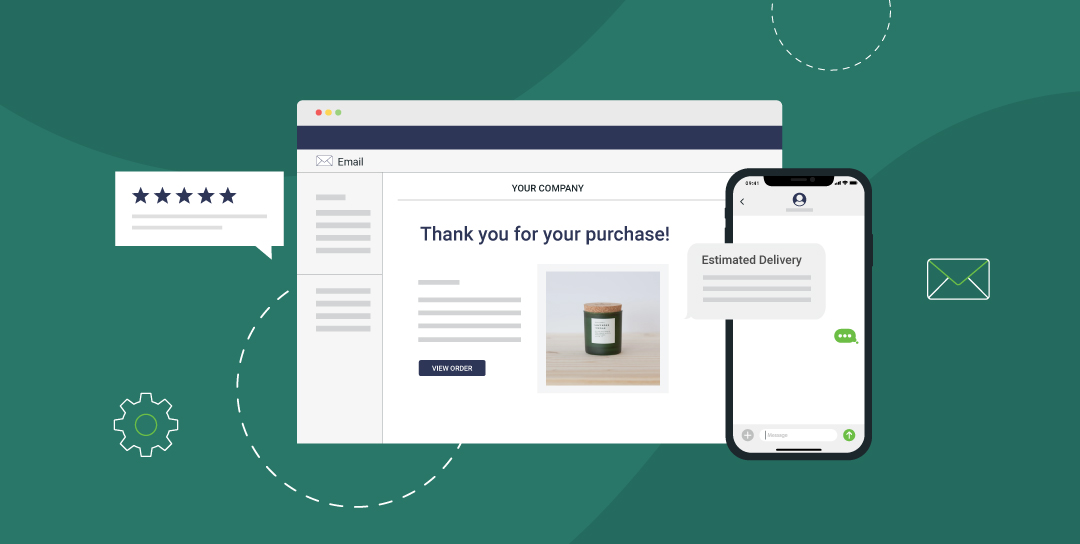How to Create a Return Policy That Works
Let’s be honest, nobody likes dealing with returns. They are expensive and time-consuming. While physical retailers deal with them, they are much more of a nuisance for ecommerce merchants. However, since shipping plays a large part in an online business’s brand identity, there are a lot of reasons to have a solid return policy. The way you handle them elevates your brand, and in the event of a returned order, you want your customers to be happy. It encourages the customer to shop with you again, increased brand loyalty, and maybe even a nice review. So even though no one likes dealing with returns, a solid return policy that is clear to understand and executed well will only help you!
Why You Should Have A Return Policy
A good return policy is crucial for a growing business. There are two reasons for this. A good return policy makes customers more likely to buy from you again. It can lead to more exchanges instead of refunds. The other way that a return policy is important is that it elevates your brand in the customers’ eyes.
A well-defined return policy proves more than your ability to process returns. It also shows that your outbound fulfillment is smooth. ShipStation has found that over half of all merchants consider a brand’s return policy when placing an order. There are different strategies for how returns are processed, so policies can vary. This begs the question, what type of return policy should I offer?
What Are Common Return Policies?
Most return policies are based on timeframes. As in, you have x amount of days to return your order from the time it is delivered. Frequently, companies offer return policies based on the time an order is placed. Common lengths of time are 14 days and 30 days. Others offer longer windows, especially during the holiday season.
A 14-Day Return Policy
A 14-day window is a common option for return policies. Two weeks is frequently used for items that are returned quickly. Brands that sell clothing, apparel, and accessories like jewelry commonly adopt a shorter return policy like 7 or 14–days. This is mostly because a common method of shopping for apparel is buying multiple sizes and returning what doesn’t fit, this is known as Try Before You Buy. Customers expect to be able to return apparel that doesn’t fit.
A 30-Day Return Policy
A 30-day return policy is a good timeframe for items that may have more buyer hesitancy. It follows more of a “test it out and see what you think” approach. As such, 30-day return policies are more commonly for appliances or electronics—items that would be listed as “open box” upon being returned. As a result, full refunds may be difficult to offer unless the manufacturer offers merchants a good return structure as well.
Should I Change My Return Policy During The Holidays?
Many merchants extend their return policy during the holiday shopping season. This frequently gives customers from mid-November to January 1st to return their merchandise by mid-January. As the holiday shopping season expands beyond the Thanksgiving weekend, this extended return period becomes even more important.
Disadvantages of a Poor Return Policy
A return policy that isn’t well-defined or not showcased on your website can lead customers to abandon their carts in favor of an alternative. Even if customers aren’t likely to return an item, they tend to find companies with a good return policy more on top of their shipping. Removing that confidence makes customers hesitant. Luckily, there are ways to set up a return policy that will empower customers to buy from you and set proper expectations of an order’s delivery and next steps.
How ShipStation Helps Make A Return Policy That Works
ShipStation is a shipping and fulfillment management program that helps merchants organize and streamline how they send products regardless of which ecommerce solution they sell on. This extends to return shipping, too. While much of what ShipStation offers is behind the scenes, you can also interact with customers through shipping and tracking notifications. This extends to the return process as well.
How Customers Return Items
Customers increasingly want simplified returns. As shopping has increasingly simplified, returns are expected to also be more hands-off. Luckily, ShipStation offers ways to help you and your customers initiate and process returns without so much as an email exchange.
How to Process Returns in ShipStation
ShipStation gives you many tools to create return labels for different scenarios. For instance, you can create a return label upon request for any order that exists within ShipStation. You can then download the label or email it directly to the customer. To see these steps as well as how to create a return label without an existing order in ShipStation check out our overview on return labels.
Returns Portal
ShipStation has another option that is even more streamlined than printing a return label in-app. It is our returns portal that allows your customers to request a return label with order-specific information. There are a few ways merchants utilize this feature. Some prefer to link it in the delivery confirmation email or in their return policy. But another option is to only send customers the link to the returns portal upon authorizing the return. This can help you better track who is requesting what. Either way, it makes the process much simpler for you and your customers alike.
Is It Cheaper To Just Let Customers Keep The Items?
There are times that an item is so inexpensive that it is more financially wise to just tell the customer to keep the item and just send them a refund or store credit. This is especially true for some international shipments that get returned to the sender. The duties and taxes may have to be paid by the sender as well as the return postage. This is a frustrating experience, however, there are ways to automate this process within ShipStation by selecting “treat as abandoned” in the international orders settings.
Reverse Logistics
Reverse logistics is when you utilize third parties to help process returns. This is different from a standard returns strategy in that you don’t always receive the returned items. Instead, the items are sent to a warehouse to process the returns and either send them back to the manufacturer, resellers, or to you. Reverse logistics is largely leveraged by middle-to-upper market sellers but it is something that can be used by merchants of all sizes.
How ShipStation Helps with Reverse Logistics
Within ShipStation, you can work with third-party reverse logistics providers by integrating your ShipStation account with their systems. Typically, the way you route them to these logistics providers is as simple as including their return address on the label instead of your own. There are many providers to choose from, and you can find many of them on our logistics partners page.
Conclusion
While returns are unpleasant, a good return policy and strategy is a net positive. They are an unavoidable side effect of a growing business. And when you excel at offering them, it usually just solidifies your brand in the eyes of the customers. So there are many benefits to ironing out a great return policy and supporting it. ShipStation wants to help streamline your returns process and give you discounts on labels that keep costs low.
To see how ShipStation can help you save time and money on return and outbound shipping, sign up for a free, 30-day trial today.







